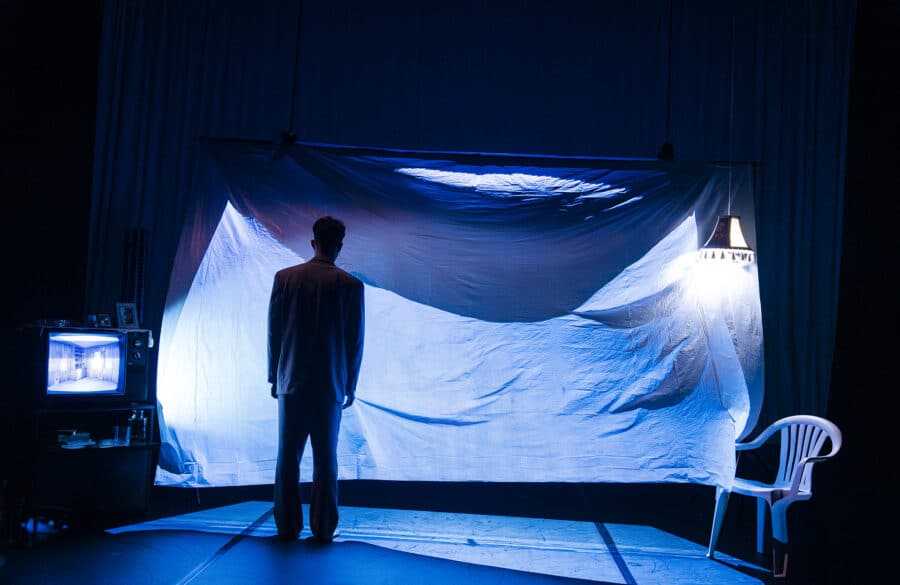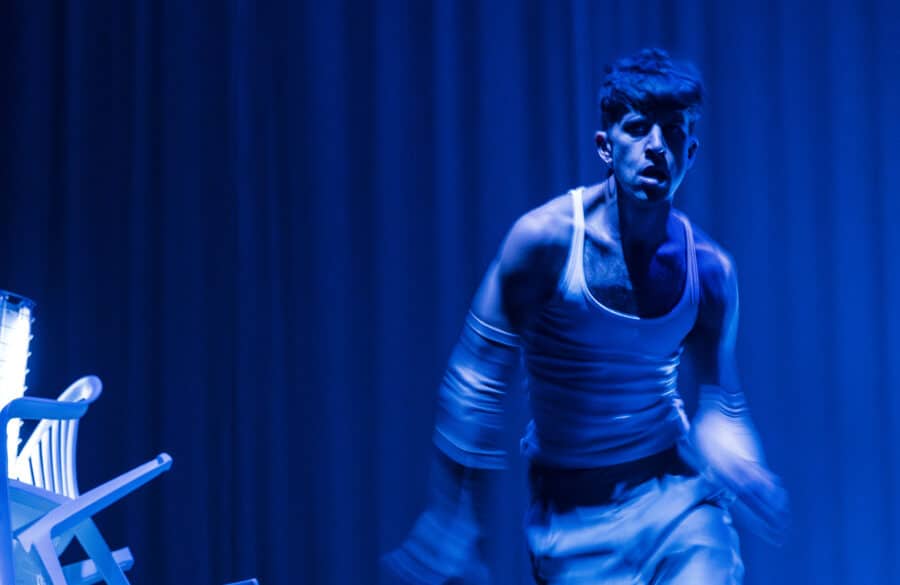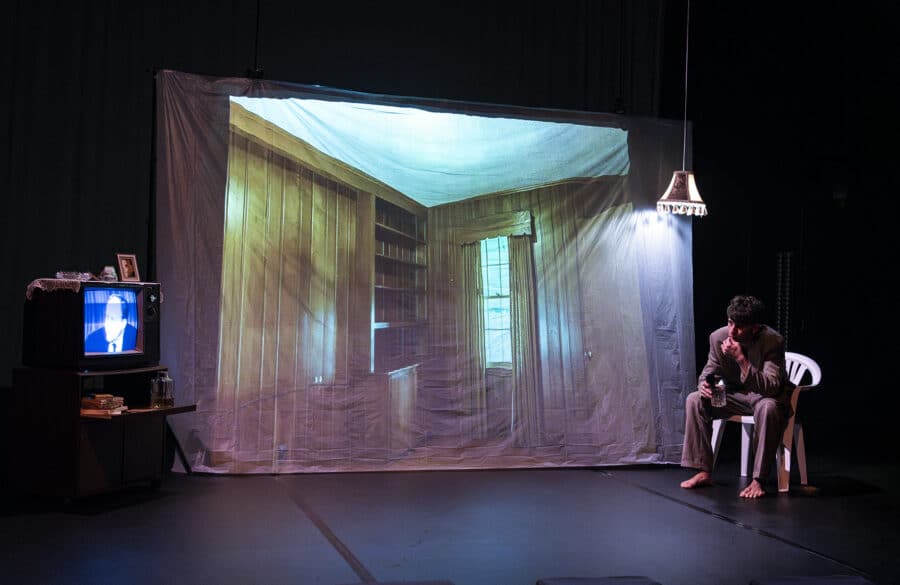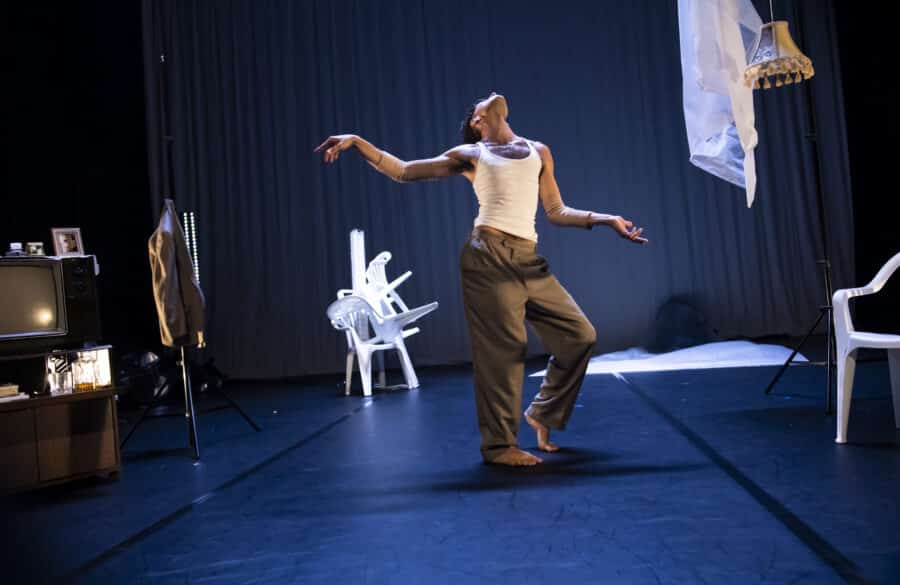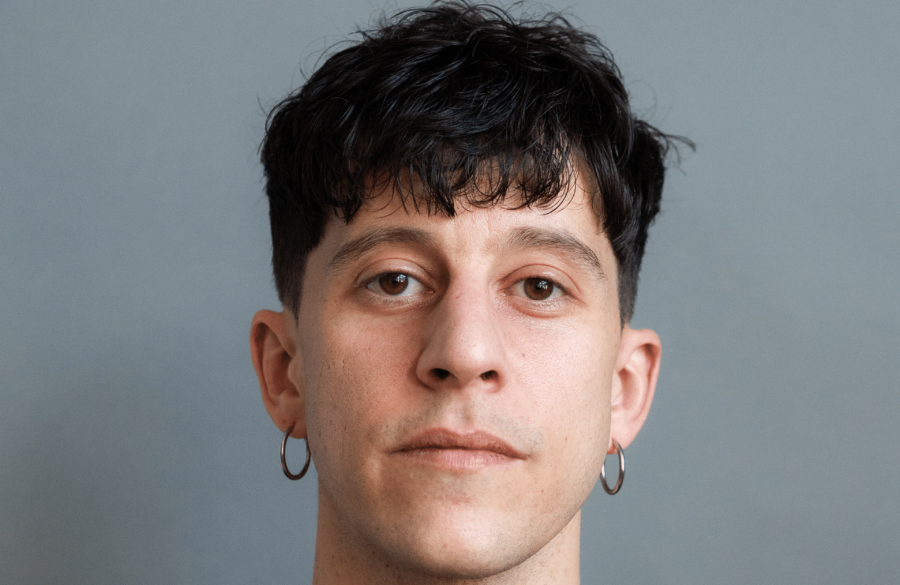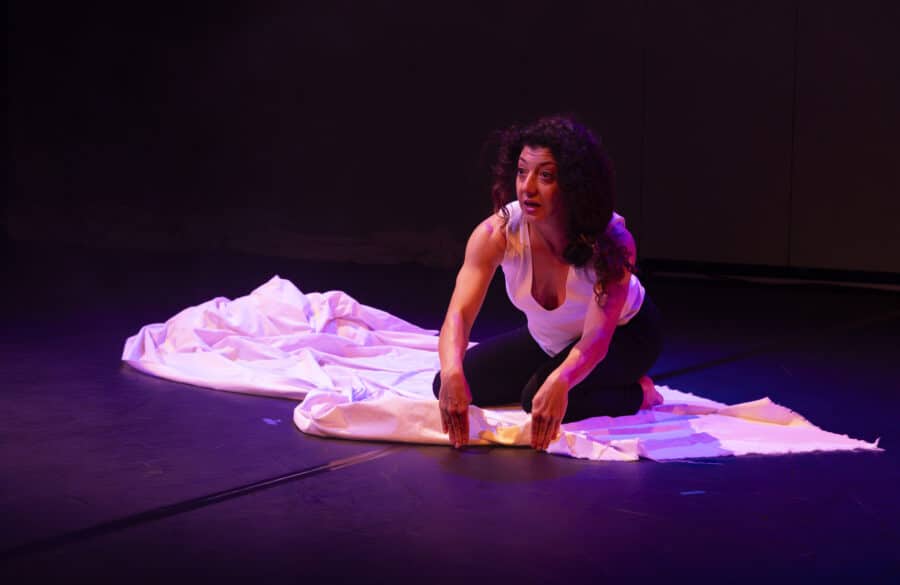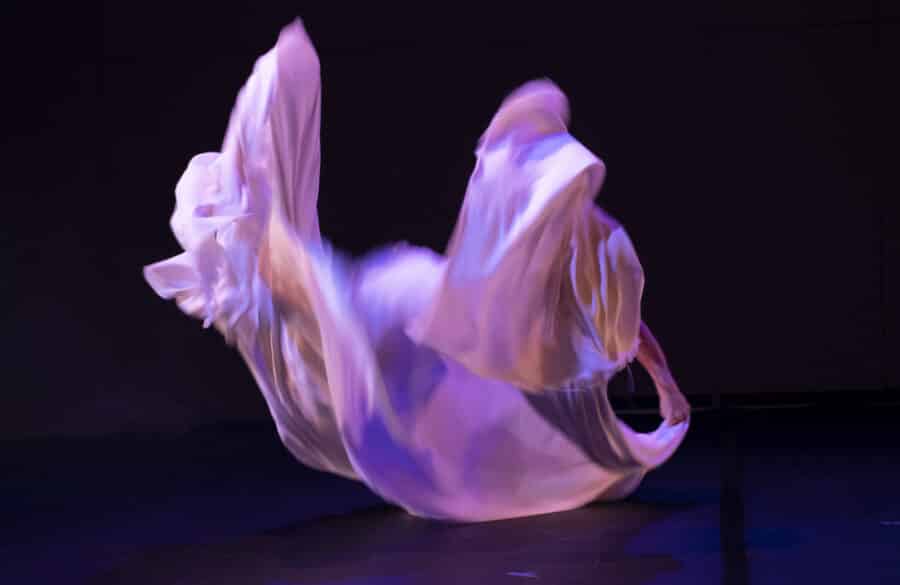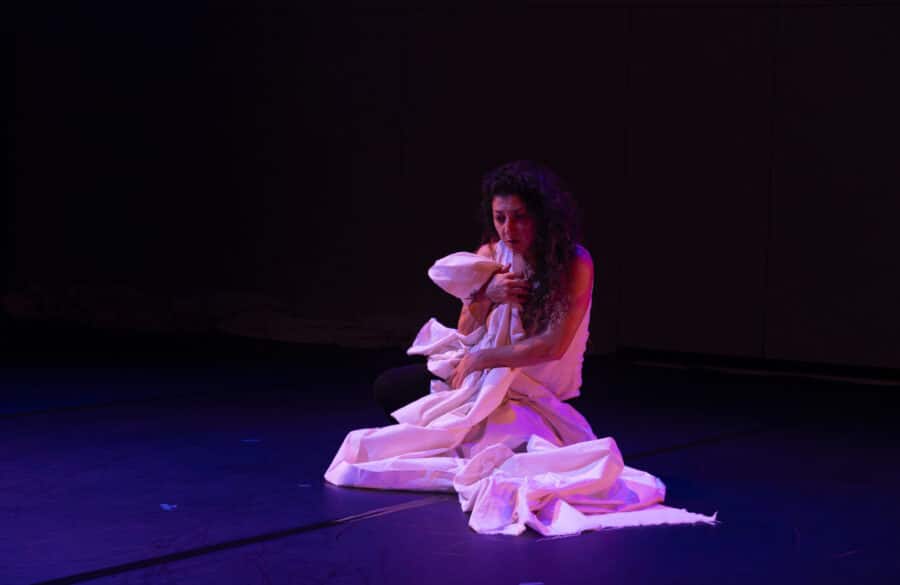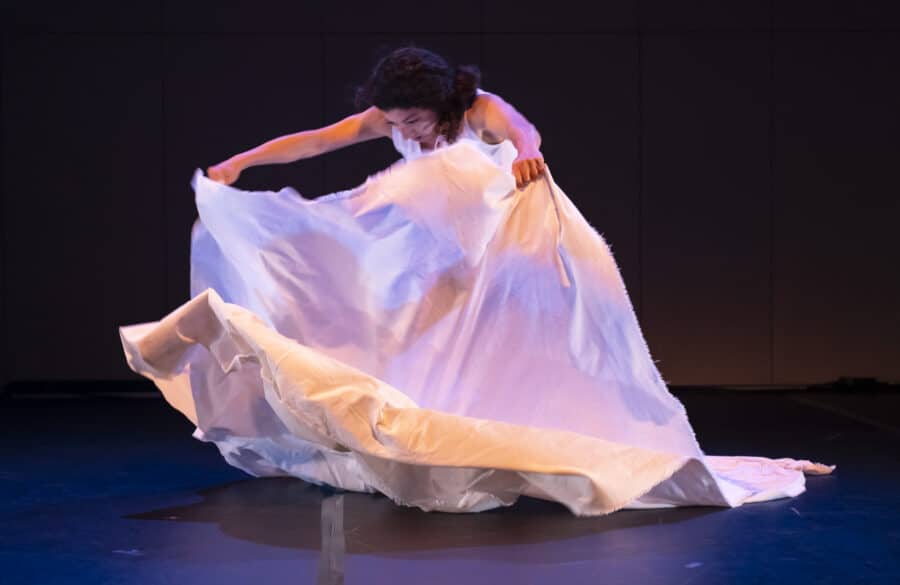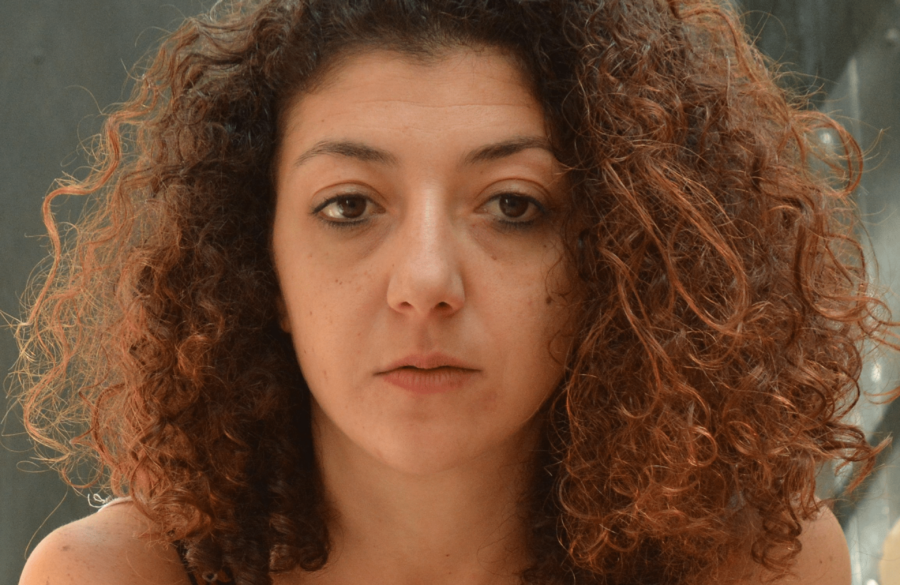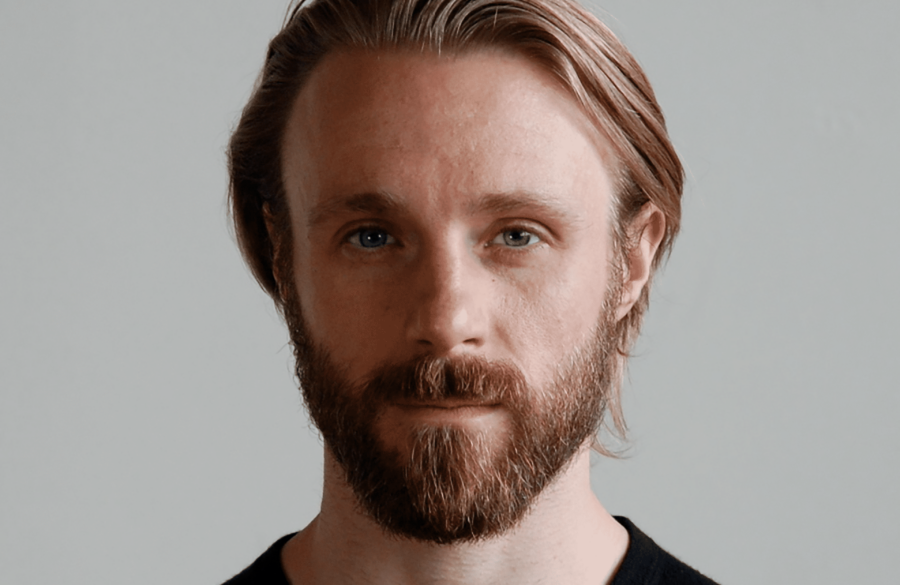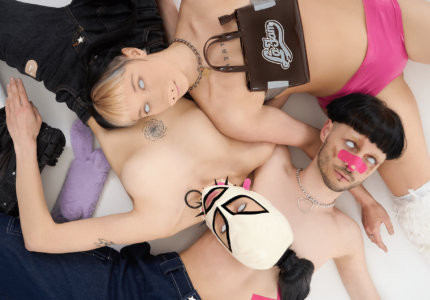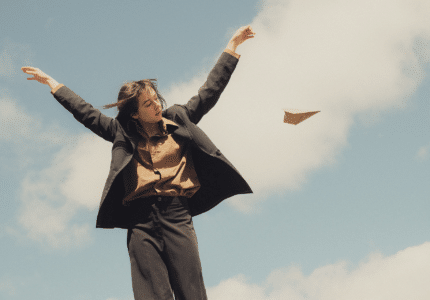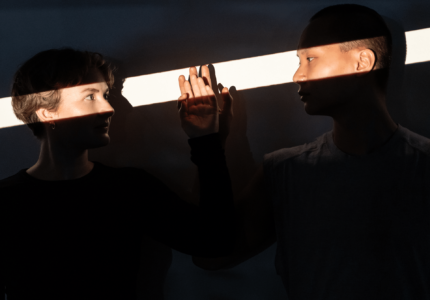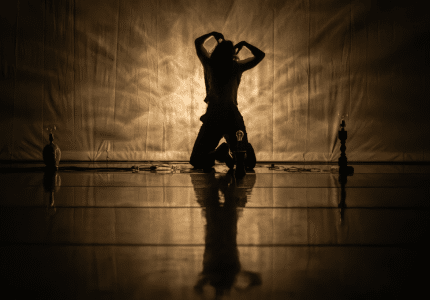LABdiff 7
Antoine Flame Findeli + Hoor Malas & Neil Sochasky
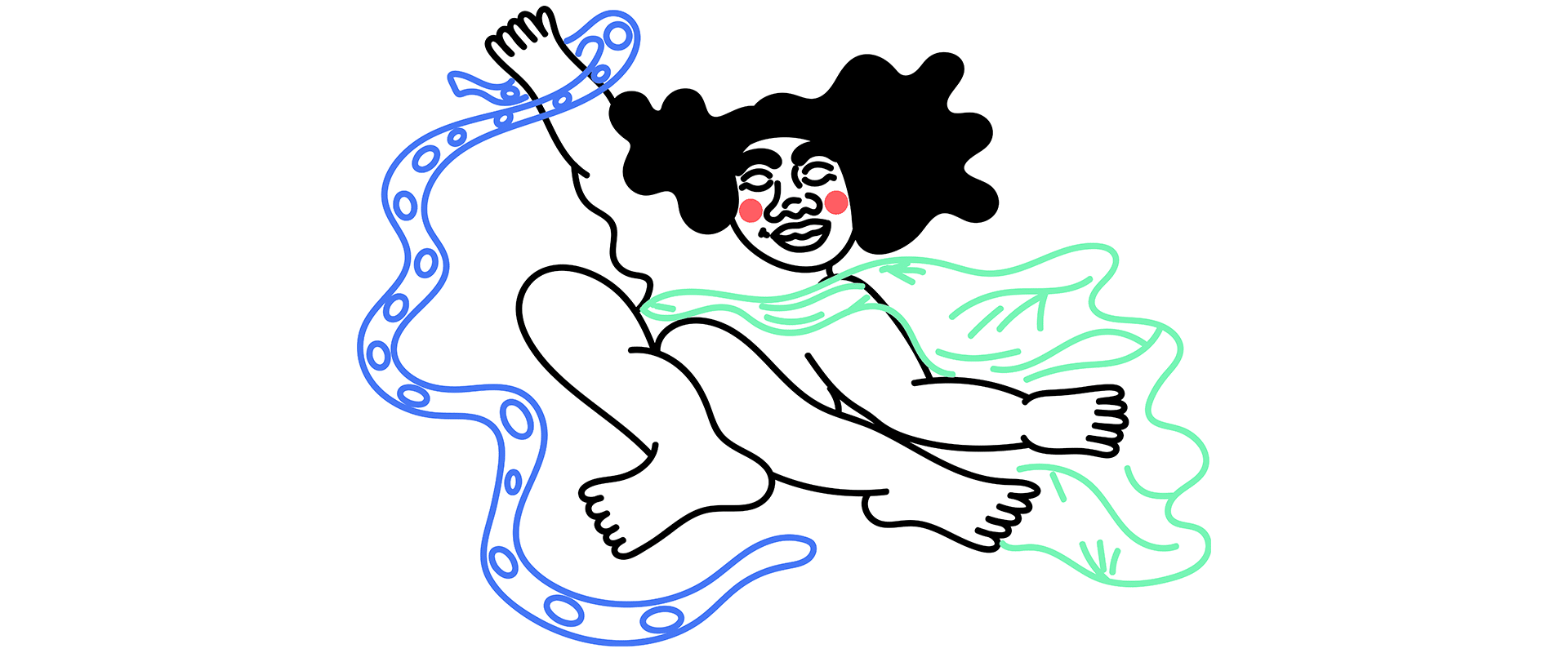
ÉDIFICE WILDER | Espace Vert
October 25, 2025 - 7pm
October 26, 2025 - 4pm
October 27, 2025 - 7pm
20$
Doors: 30 minutes before the presentation
Bar service in the space
Discussion led by the curators every evening
Put on your slippers and take in two artistic offerings during an eclectic and lively evening! Following three weeks of exploratory research in our very own underground, Espace Vert, the artists offer you the fruits of their experiments in the form of a public presentation. Over a drink, the curators provide a space for a friendly discussion where the public’s experiences and thoughts come together to create a collective meaning. With this presentation model, Tangente opens the doors of its laboratory to cultivate a privileged and intimate relationship between artists and the audience.
90 minutes
Antoine Flame Findeli
A multimedia corpus drawn from family and public archives, both real and imagined, creates a patchwork of identities that raises questions about intergenerational transmission.
Antoine Findeli, or Flame, grows up between Montréal and Europe in a Franco-Egyptian family. His childhood is a happy but turbulent one: he changes schools 6 times, travels a lot, and adapts to being uprooted. He has a queer childhood in a family where homosexuality is still taboo and stigmatised. At the age of 12, he starts dancing. He finds in movement a way to express himself and calm his nerves. Since then, he explores the plurality of movement and the possibility of expressing with the body what words cannot say. His artistic training includes 15 years of self-taught urban dance (house and waacking), a circus school in France, and a physical theatre school in Brussels. In his work, he approaches dance like a mother tongue that feeds on second languages: it is his main practice, and he draws inspiration from other performing arts to bring it to life and renew it.
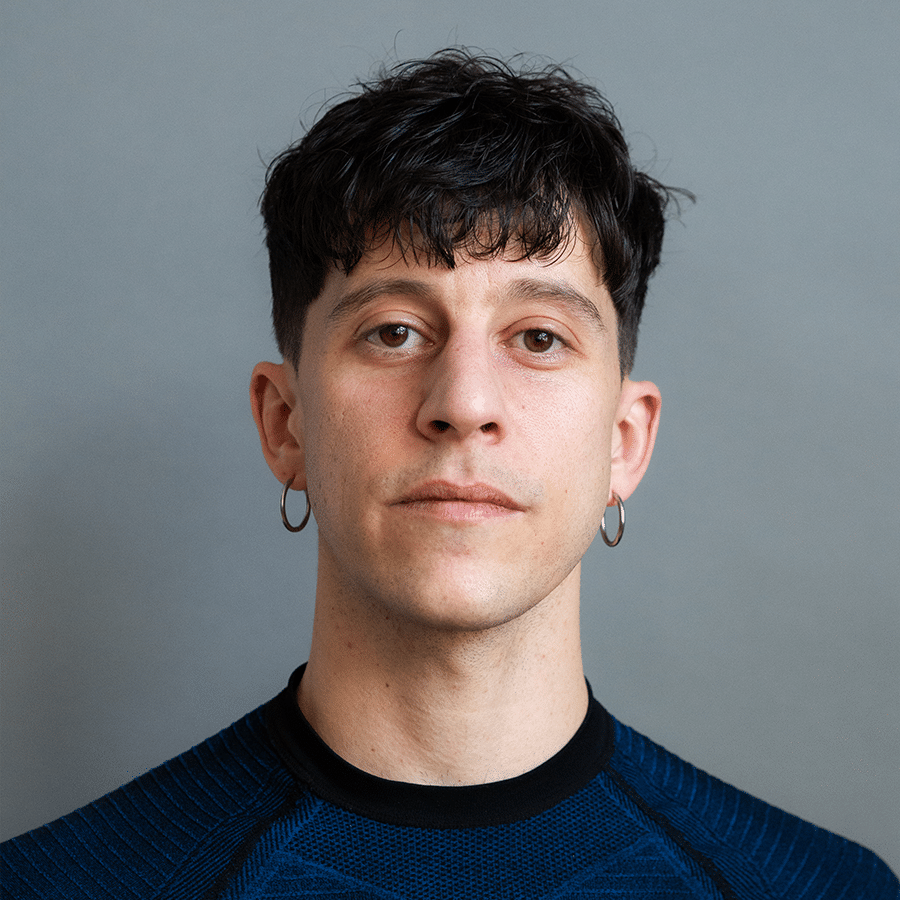
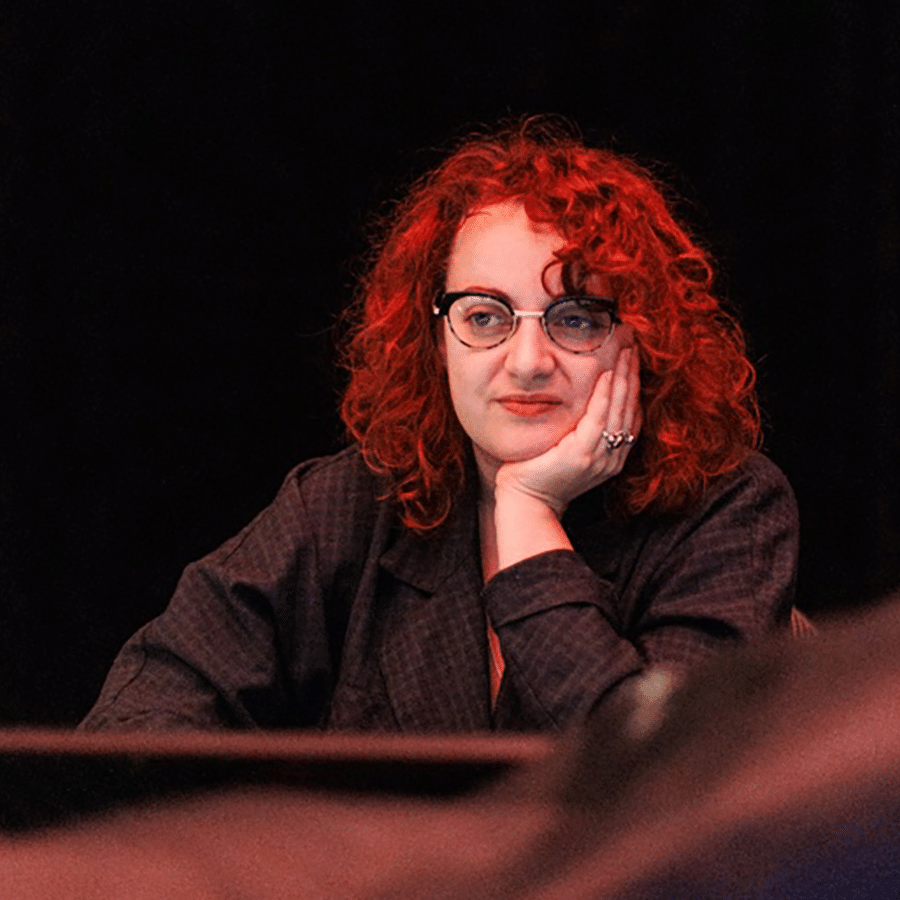
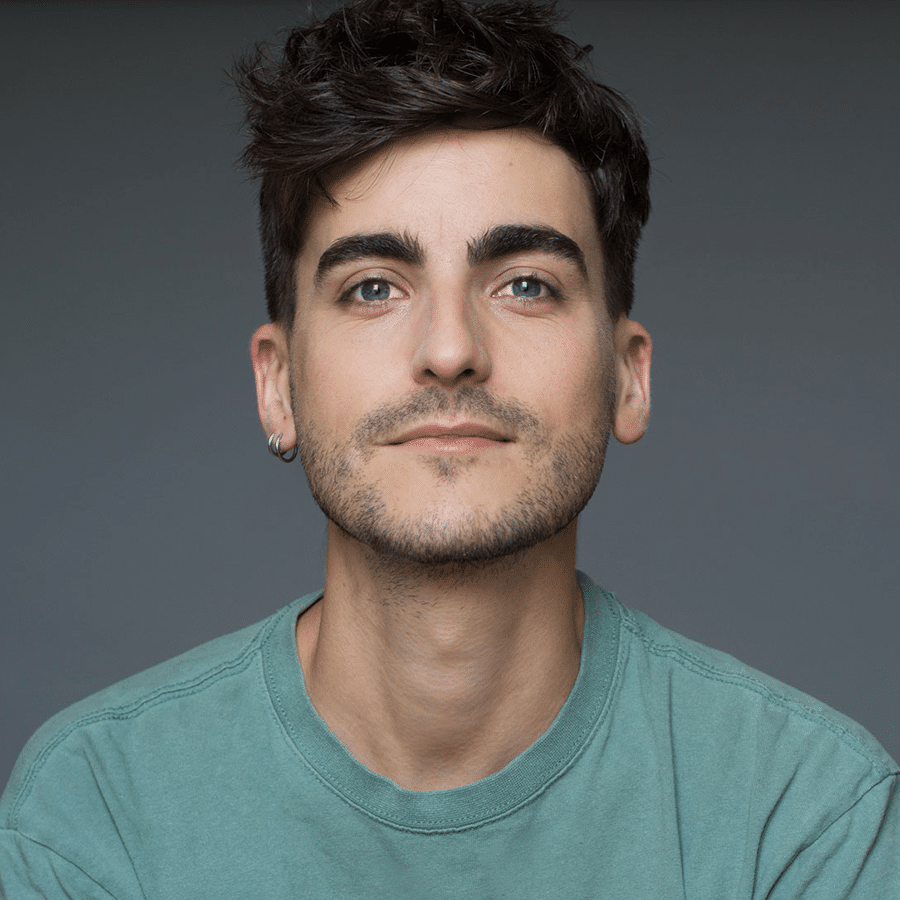
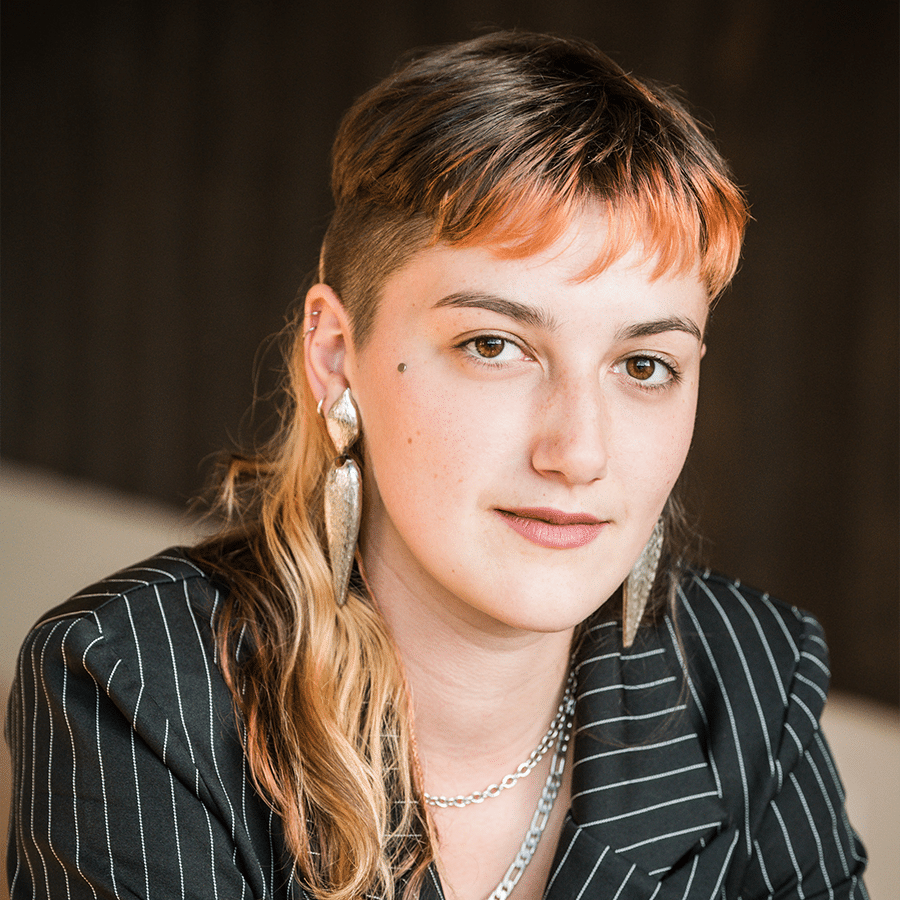

Residencies Tangente
Since receiving her DEC from École de théâtre professionnel du Collège Lionel-Groulx, Manon Pocq-Saint-Joan has distinguished herself in the field of lighting design. Joining the technical team at Agora de la danse, she expanded her expertise by working on productions such as Alain Zouvi’s Huit femmes, Olivier Berthiaume’s Je suis une créature émotionnelle, and Hélène Simard’s Specatelier. In 2023, Manon became a full-time lighting designer and further broadened her experience by assisting renowned designers such as Paul Chambers, Leticia Hamaoui, and Pierre Lavoie. Recent works she has contributed to include Mathieu Hérard’s Mon horoscope me trouve laide, Hélène Duval and David St-Onge’s Collectif DESSAIM, as well as Caroline Laurin-Beaucage and Sébastien Provencher’s Transmission. Manon is particularly interested in combining lighting and music. She explores rhythm and timing through light movements, gradually building her images.
A graduate from the Conservatoire d’art dramatique de Montréal, Maxime Carbonneau is the artistic and general co-director of La Messe Basse and works as a multidisciplinary creator, author, director, screenwriter, and actor. With a particular sensitivity to poetic forms, Maxime is interested in dramatizing archives and materials not intended for the theatre, the concept of absence, and the impact of technology on human relationships. Some of his creations include: the collective creation Le iShow, which he directs; Descendance, which he co-writes and directs; La femme la plus dangereuse du Québec, which he co-writes based on the archives of poet Josée Yvon. He also directs Les murailles by Erika Soucy and Je t’écris au milieu d’un bel orage at the TNM. His works regularly tour across Canada, South America, and Europe.
Pénélope Dulude-de Broin is a scenographer based in Tiohtià:ke (Montréal). She perceives the body as a living sculpture and space as a character in itself. Colours, interplay of proportions and textures are at the heart of her creations. Her approach values instinct, listening, and individuality. In 2023, she completes her studies in scenography at The National Theatre School of Canada. Since graduating, she has been working in contemporary dance and theatre in diverse Montréal institutions. As a collaborator, she promotes and holds space for transdisciplinary artistic exchanges where the various practices are intertwined and are enriched in the process.
We asked Antoine Flame Findeli to tell us about the last time he danced that was memorable:
“The last time I danced was in a club in Paris. There were a lot of people, powerful house music, and dazzling disco. It was hot, bodies were sweating and coming together. I remembered that dance, before being a performance, is a ritual, a ceremony to gather and heal – like a collective trance. I love dance floors that transport me far from reality.”
Hoor Malas & Neil Sochasky
A celebration, a lament, a path and a ritual: grief and loss teach us how to move forward.
Hoor Malas is a Syrian dancer and movement artist who has been living in Montréal since 2021. Conservatory-trained in her native Damascus from the age of 8, she has been teaching contemporary dance since 2009 and choreographing since 2014. Drawing upon personal experiences, her work dives into social matters, favouring vulnerability and honesty. She hopes to discover the physicality present in images, words, and emotions.
Neil Sochasky’s aesthetic interests lie in the link between ethics and action, particularly the effects that agency can have on individual and collective health. For more than 25 years, he has worked in the fields of dance, theatre, performance and circus as a performer, coach, rehearsal director, and choreographer.
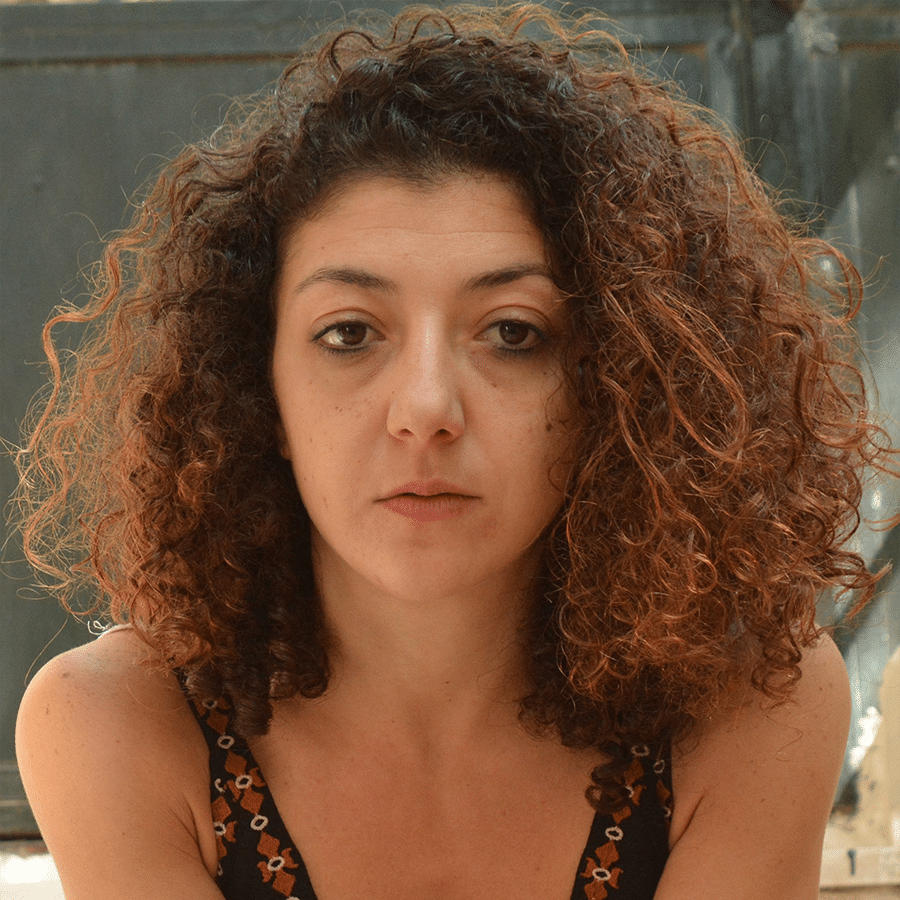
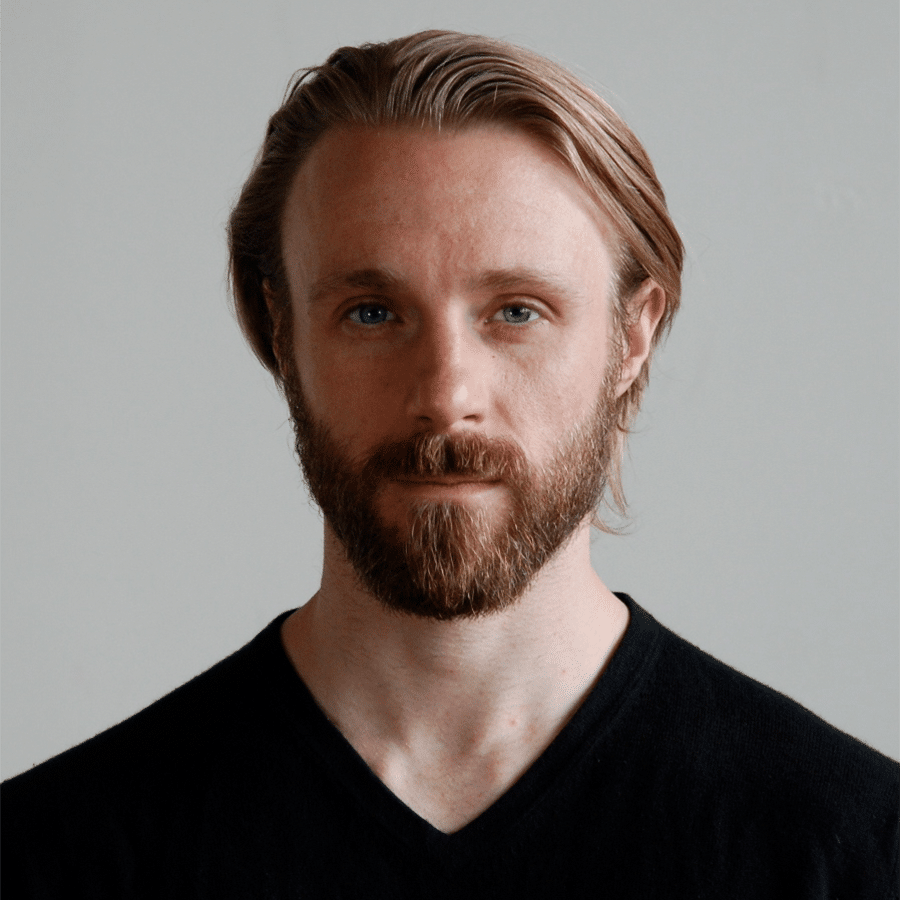
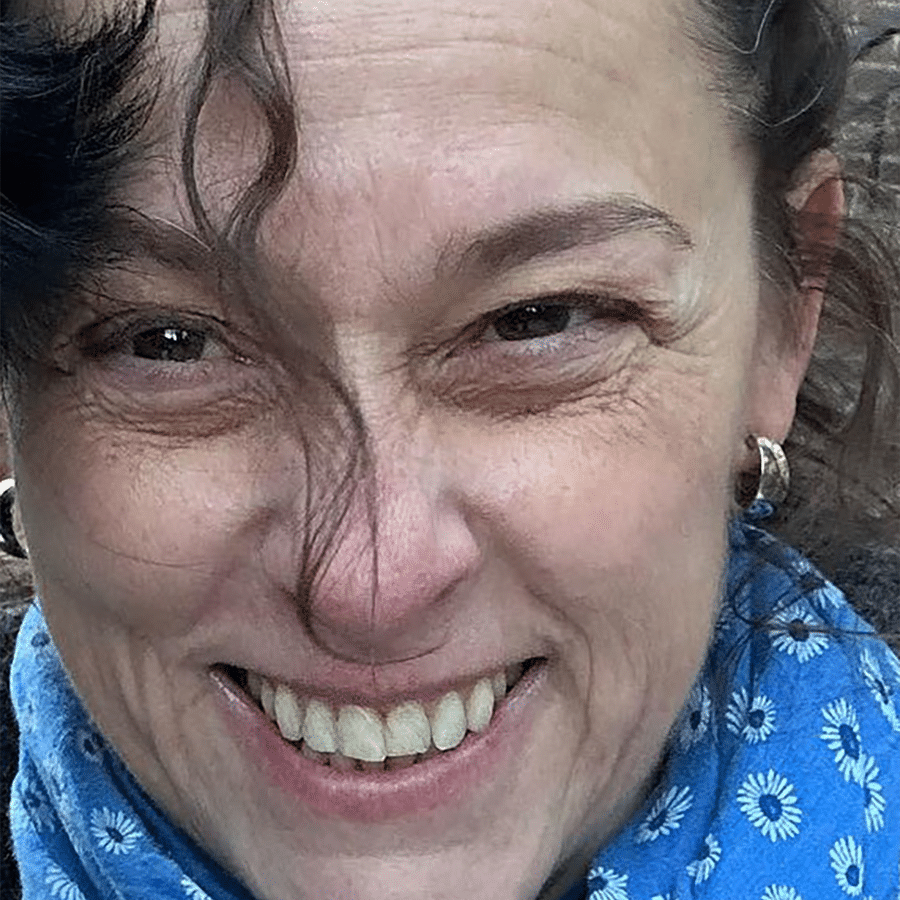
Residencies Circuit-Est, Centre Création Danse Nyata Nyata, Studio 303, Maison de la culture du Plateau-Mont-Royal, Tangente
Thank you We would like to thank, for their support: Studio 303, Circuit Est and Nyata Nyata, Maison de la culture du Plateau-Mont-Royal, as well as the wonderful team at Tangente. To our friends who devoted their time to following the various stages of the creation of this work.
Hoor
A big thank you to my family for their infinite love, to Margie Gillis for her inspiration, to Sarah Murphy for her encouragement and love, to Neil for sharing this adventure, and to Hassan Rabeh.
Neil
Thank you to Denis Bergeron for his unending support, to Flavia for her commitment and depth, to Andréane Leclerc for her example, to Sara Porter for her encouragement, to Hoor for her invitation and tireless work, and to my father.
This project was supported by the Conseil des arts de Montréal and the Caisse Desjardins de la Culture as part of our “Donnez un coup de pouce, déplacez une montagne!” crowdfunding project on the La Ruche platform, a Tangente partner.
We asked Neil Sochasky to tell us about the last time he danced that was memorable:
“I sometimes perform L’Abîme, a contortion-inspired solo that’s part of Andréane Leclerc’s durational tryptic À l’est du Nod. Its several hours in a darkened space – sometimes inches from spectators whose presence I barely perceive – are always terrifying and transformative. In late 2023, as I trained my focus on the work’s different meditative tasks, I slowly lost track of time, and then of the score. Eventually, the floor seemed to ripple beneath me. The set seemed to both approach and recede simultaneously. I’m not a contortionist but, in the space of those performances, it felt as though the limits of the universe – approaching the infinitely small and vast – could be found in my flesh.”

